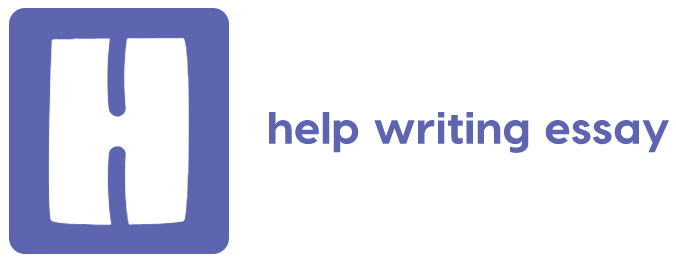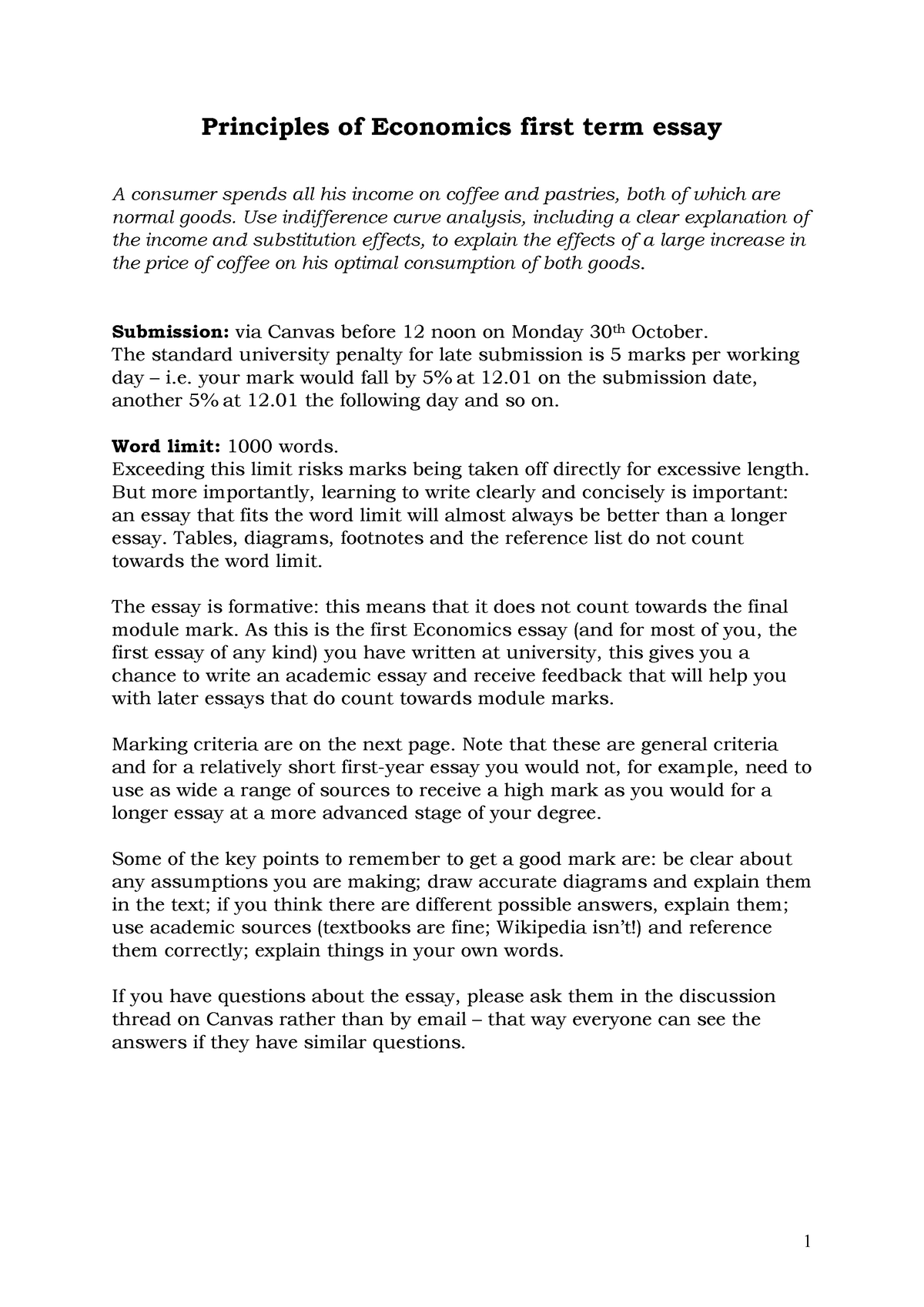You may be wondering how to get a first in an essay. You are not alone in this pursuit. Hundreds of students face this dilemma every year. Luckily, there are a few tips that can help you get that top grade. Read on to discover some of them. Creating a strong thesis statement, writing a good introduction, addressing counter-arguments, and avoiding plagiarism are some of the steps you can take to ensure your essay gets a first.
Writing a strong thesis statement
There are several elements of a strong thesis statement. It should contain the following three criteria: it should state a single main idea, be specific, arguable, and demonstrable, and be confident. A strong thesis statement should also be accompanied by supporting evidence. The last element is particularly important, as it must show why the thesis is significant and why the reader should read on. It should also be concise and precise.
A strong thesis statement is a central element of a well-written essay. It provides direction for the paper, helps limit the subject, and informs the reader of the essay’s purpose. The thesis statement should be supported by every paragraph. It is a statement of opinion, and should be based on evidence and reasoning. As such, a strong thesis statement must contain a point of view that the reader will want to read.
Creating a strong introduction
An essay’s intro is the first sentence of the paper. The point of an essay introduction is to set the stage for the remainder of the paper. This introduction can be as simple as a brief story that sets the tone for the rest of the piece. It also serves as a background for the main point of the paper. For instance, an introduction for a research paper might include the research question or hypothesis. On the other hand, an introduction for an argumentative essay must provide context and a clear claim.
The introduction of an essay should be well-written. A good introduction has three parts: a hook, context, and a thesis statement. It should inform the reader of the topic, provide context, and explain the purpose of the paper. In addition to a hook, an introduction should also contain a thesis statement that relates directly to the subject of the essay. Once the reader has understood the main point, the body of the essay will flow smoothly.
Addressing counter-arguments
You may have to deal with counter-arguments in your essay. Incorporating them can be counterintuitive, but you can actually incorporate them. Follow these four steps for addressing counter-arguments in your essay. Start by preparing your counter-argument. Make sure to write down what the opposing side is saying and then formulate your own counter-argument. Be sure not to belittle the opposing side of the argument.
You can include a counter-argument anywhere within the essay. The most common places are in the introduction, after the introduction, and directly after the main points. You may want to experiment a bit to find the right place for your counter-argument, but you should keep in mind the key points for the argument. After all, you want the reader to be persuaded of your point of view.
Avoiding plagiarism
Unlike a traditional paper, essays require in-depth research and analysis of existing information. Few people take first-hand information when writing them, which can lead to plagiarism. Avoiding plagiarism is crucial to the integrity of the work and to retaining your credibility. Being unique is what sets you apart from other students. The following are some tips for avoiding plagiarism in your essays. They will help you get a first!
Make sure to properly cite your sources. Citations must contain all information about the author, title, and description of the work. Citation styles vary from institution to institution. You also should cite the source of your work and put quotation marks around any direct quotes. It is not plagiarism if you recycle materials, but if you use sophisticated words or unique phrasing, it may be viewed as self-plagiarism.

